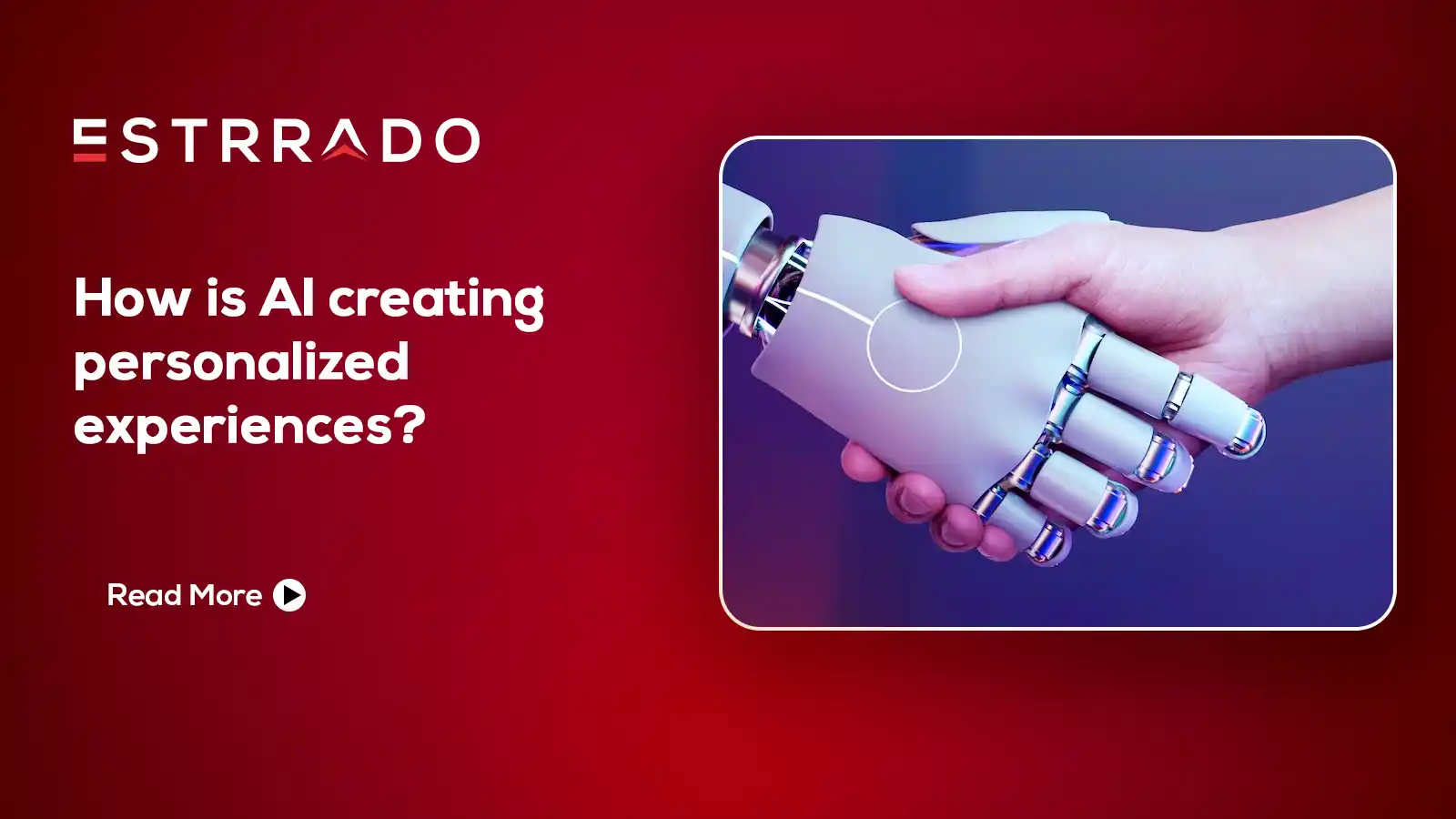Introduction
In today’s digital world, websites are often the first point of contact for customers. But how do you ensure they get the help they need quickly and efficiently? Enter chatbots, those virtual assistants that are taking the internet by storm. But are they the perfect solution for your website?
Let’s dive into the pros and cons of utilizing chatbots to see if they’re a friend or foe for your online presence in this blog post.
Pros
24/7 Availability
Unlike humans who need sleep and coffee breaks, chatbots are always on duty, ready to answer questions and assist customers around the clock. This is especially helpful for businesses with global audiences or those operating in different time zones.
Faster Service
Waiting on hold or searching for answers on a website can be frustrating. Chatbots can quickly resolve simple issues and answer common questions, saving your customers (and your team) valuable time.
Cost-Effectiveness
Chatbots can handle a high volume of inquiries simultaneously, freeing up your human staff for more complex issues. This can translate to significant cost savings on customer service personnel.
Personalized Touch
AI-powered chatbots can analyze customer data and preferences to provide personalized recommendations and support. This can enhance the customer experience and increase satisfaction.
Increased Engagement
Chatbots can keep visitors engaged on your website by providing interactive support and answering their questions in real time. This can lead to higher conversion rates and sales.
Cons
Limited Capabilities
While chatbots are becoming increasingly sophisticated, they still have limitations. They may struggle with complex queries, nuanced language, or unexpected situations, leading to frustration for both customers and your team.
Lack of Empathy
Chatbots can’t replicate the human touch. They may not be able to understand or respond to emotional cues, which can feel impersonal and leave customers unsatisfied.
Technical Issues
Chatbots rely on technology, which can sometimes malfunction or experience downtime. This can be frustrating for customers who need immediate assistance.
Implementation Costs
While chatbots can be cost-effective in the long run, developing and maintaining them can require upfront investment, especially for AI-powered versions.
Ethical Concerns
There are ethical considerations surrounding data privacy and transparency with chatbots. It’s crucial to ensure you are using them responsibly and ethically.
Conclusion: The Verdict
Chatbots offer a range of advantages for website owners, but they’re not magic. They work best when used strategically and together with human support. Carefully consider your needs, target audience, and budget before deploying a chatbot. Remember, a well-designed chatbot can be a valuable asset, but a poorly implemented one can damage your brand reputation.
Bonus Tip: Start small! Begin with a basic chatbot for simple tasks and gradually expand its capabilities based on your needs and user feedback.
Frequently Asked Questions (FAQs)
1. Do I need a chatbot on my website?
It depends! Chatbots can help answer common questions, handle simple tasks, and provide 24/7 support. However, they aren’t a replacement for human interaction. Consider your audience, budget, and technical resources before making a decision.
2. What type of chatbot is right for me?
There are different types of chatbots, from rule-based (responding to specific keywords) to AI-powered (understanding context and natural language). Rule-based chatbots are simpler and cheaper, while AI-powered ones offer more flexibility but require more investment. Choose the one that best suits your needs and budget.
3. Can chatbots save me money?
Yes, in the long run. Chatbots can handle repetitive tasks, freeing up your human staff for more complex issues. This can lead to reduced customer service costs and improved team efficiency.
4. What about the privacy concerns with chatbots?
Transparency is key. Be clear about how you collect and use customer data with your chatbot. Always obtain consent before collecting sensitive information, and comply with all data privacy regulations.
5. What if my chatbot can’t answer a question?
It’s important to have a fallback plan. Your chatbot should be able to escalate complex questions to a human representative or provide clear instructions on how to reach them.
6. How can I make sure my chatbot doesn’t feel robotic?
Use a friendly and approachable tone in your chatbot’s responses. Encourage natural language interactions and avoid overly technical jargon. Consider adding a touch of personality to make it more engaging.
7. What if my chatbot makes a mistake?
That’s okay! Everyone makes mistakes. Acknowledge the error, apologize, and work to resolve the issue. Use these situations as learning opportunities to improve your chatbot’s responses.
8. Do I need a developer to create a chatbot?
Not necessarily. Several user-friendly platforms allow you to build basic chatbots without coding knowledge. However, for more complex functionalities, you might need a developer’s expertise.
9. How can I measure my chatbot’s success?
Track key metrics like customer satisfaction, resolved issues, and website engagement. Use this data to assess the chatbot’s performance and make adjustments if needed.








